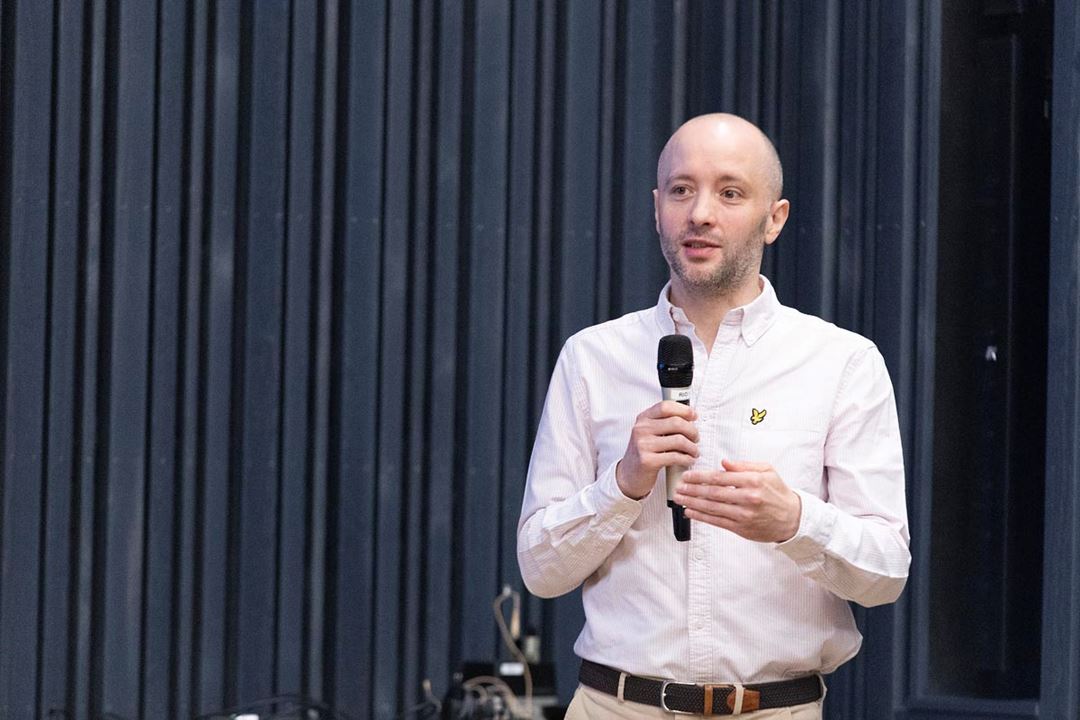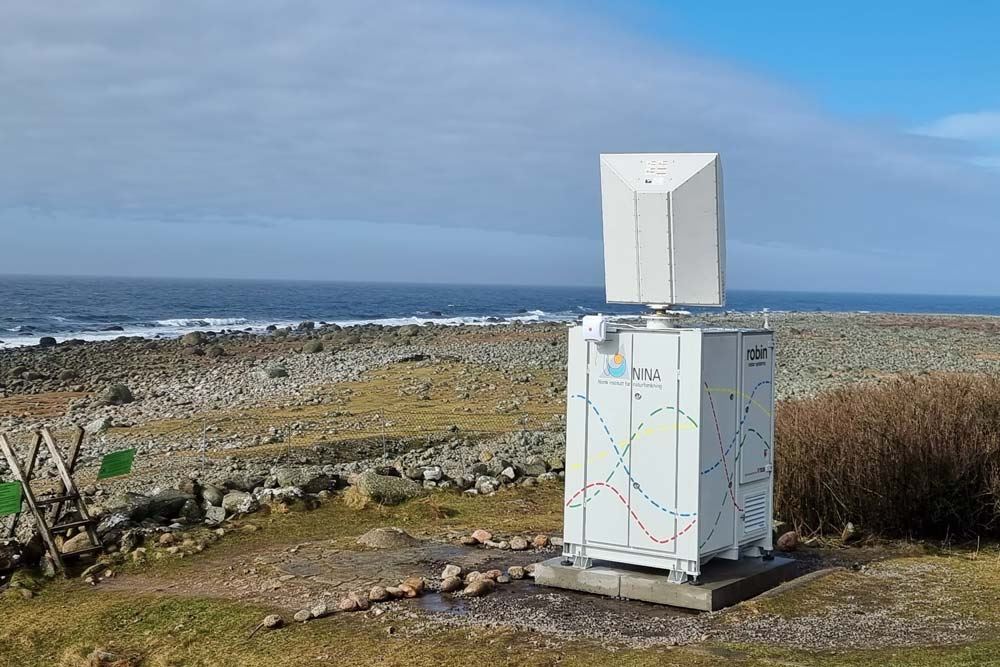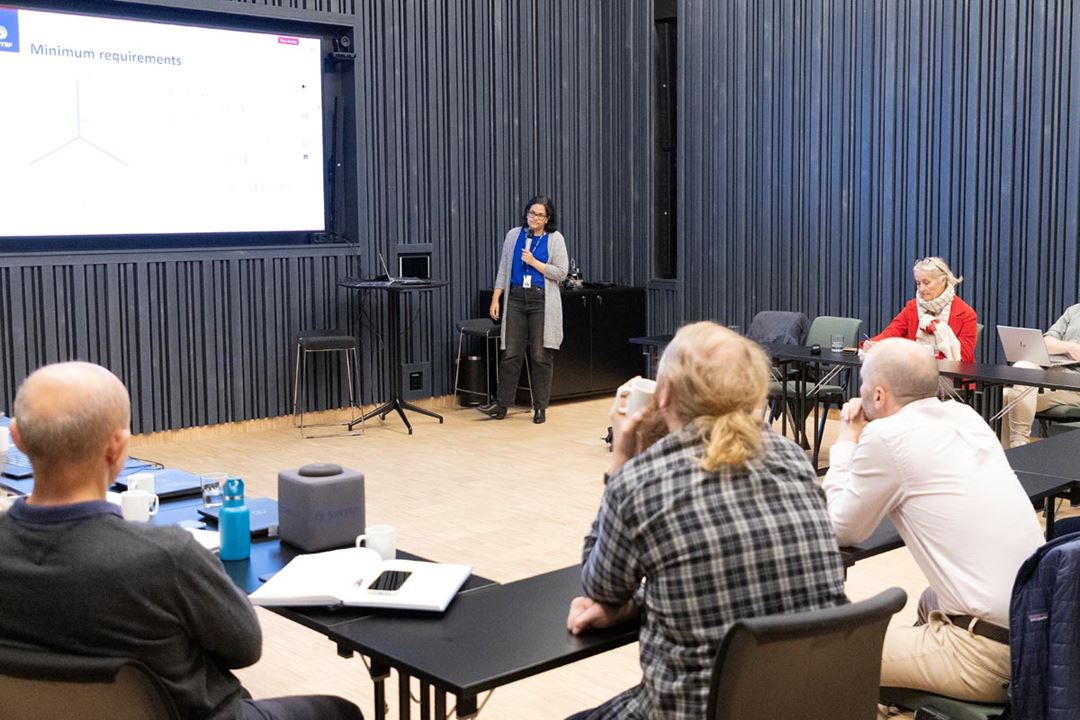The SKARV project held its second project meeting on 30 September to update partners on technical progress and to workshop next steps for the collision-avoidance system.
Associated project partner Spoor presented results from trials of its monitoring technology. Andrew Watts, VP Partnerships and Innovation at Spoor, described how their software tools have been trialled on existing CCTV systems and commercialised for pre-construction monitoring on buoys. The trials produced high-quality datasets even in rough sea states.

Spoor emphasised the need to pair datasets with robust methodologies, using computer vision and multi-angle captures to improve 3-D positioning of individual birds. A key challenge is balancing accuracy with complexity, cost and ease of maintenance.
Project leader Paula Bastos Garcia Rosa gave a summary of the work done so far on the control design aspects of the project, which is done in closely collaboration with NTNU’s Department of Engineering Cybernetics. She noted that altering turbine speed to change a blade’s position by about 20 degrees at the moment a bird crosses the rotor plane appears a reasonable compromise between effectiveness and mechanical constraints, if uncertainties on bird’s flight path are low.
Achieving such a 20-degree difference requires more time the larger a turbine is (at least 4 seconds more for a 22 MW turbine than for a smaller 3.4 MW wind turbine, for example). This is due to larger rotors having more inertia. That said, the challenge is not necessarily easier with smaller turbines, since a smaller turbine’s rotor plane has comparatively less room for a bird to pass.
Current calculations account for uncertainty in the bird’s flight path, but a simple, straight path is assumed at this point. More complex path modelling will be implemented soon with support from NINA, another research partner in the project. One of NINA’s activities in the project consists of deriving a mathematical model to predict bird flight paths a few seconds ahead in future.
NINA builds on data collected from different radar sites in Norway to support the development of the model and to understand which bird groups are more likely to be positively impacted by the SKARV concept.

The one-day meeting combined presentations, two workshop sessions and a steering-committee meeting. Workshop topics reviewed progress on detection and tracking systems and the probabilistic collision-risk model; discussed control system background and potential interfaces with standard wind turbine controllers; and presented the simulation tool being developed to support SKARV demonstrations. The project will use the software Ashes from Simis, a Norwegian spin-off company from NTNU.
“We value projects like SKARV because they bring together people from very different fields to solve a shared challenge; in this case biologists, bird monitoring specialists, wind turbine experts and control engineers” says Paula Bastos Garcia Rosa.
SKARV is a SINTEF Energy Research-led spin-off from FME NorthWind that aims to reduce bird collisions at wind farms by actively adjusting turbine operation. It is a Knowledge-building Project for Industry financed by the Research Council of Norway and industry partners Equinor and TotalEnergies. It runs from 2024 to 2027.


